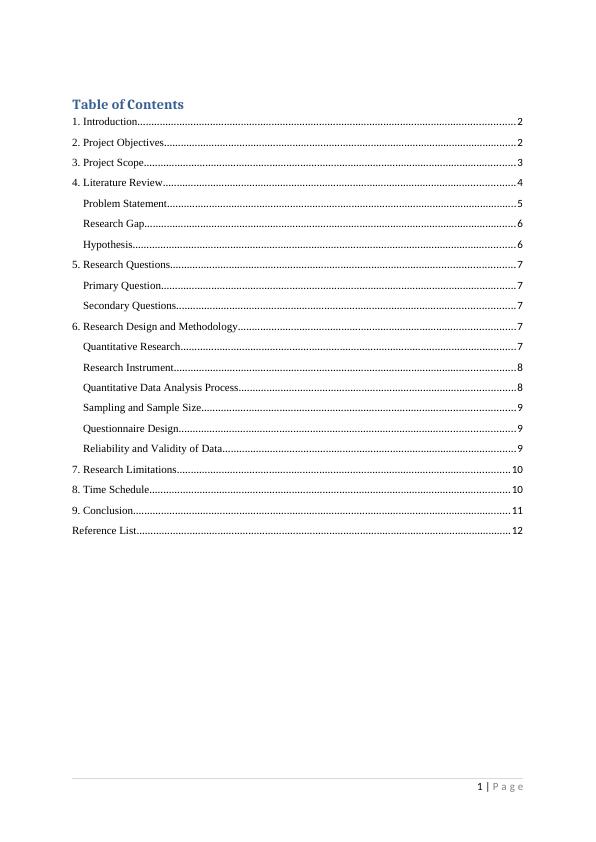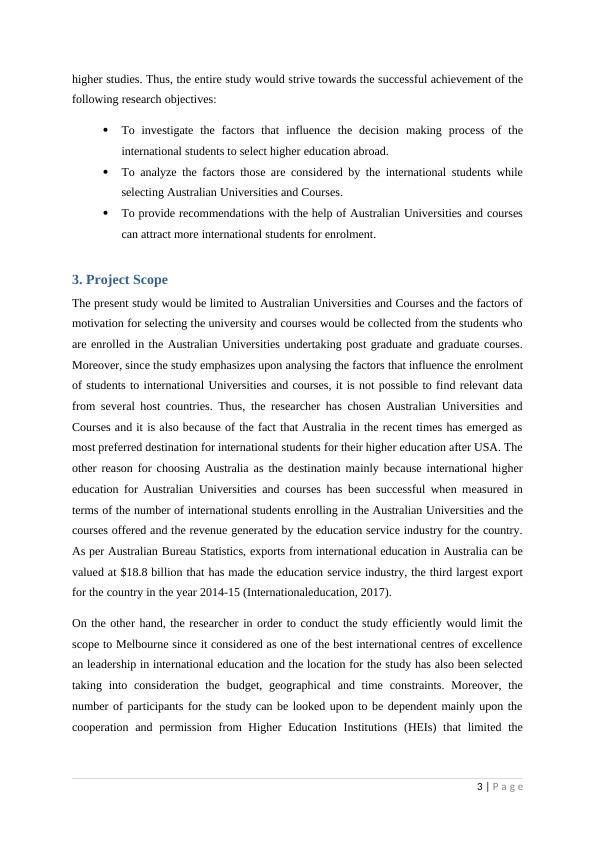Ask a question from expert
The Australian Universities and Courses that I Have to Enrol in: A Research Gap for International Students
15 Pages4127 Words303 Views
Added on 2020-04-01
About This Document
The statistics have revealed that around 2.9 million students from across the globe have been accepted by the tertiary education institutions in the year 2006 and it has been predicted that by the end o the year 2025, around 7 million students would be accepted by the tertiary education. The spastics published by Australian Bureau Statistics revealed that exports from international education in Australia can be valued at $18.8 billion that has made the education service industry, the third largest export for the country in the year 2014-15 (Ministers for the Department
The Australian Universities and Courses that I Have to Enrol in: A Research Gap for International Students
Added on 2020-04-01
BookmarkShareRelated Documents
End of preview
Want to access all the pages? Upload your documents or become a member.
Challenges Faced by International Students in Australia
|8
|3481
|121
Challenges Faced by International Students in Australia: A Research Report
|11
|2502
|389
Principles of International Business Assignment
|4
|584
|175
Australian Education Satisfaction To International Students
|5
|1211
|46
Recruiting International Students: Focus on India
|4
|828
|382
Employability of International Students in Australia
|12
|2705
|103



